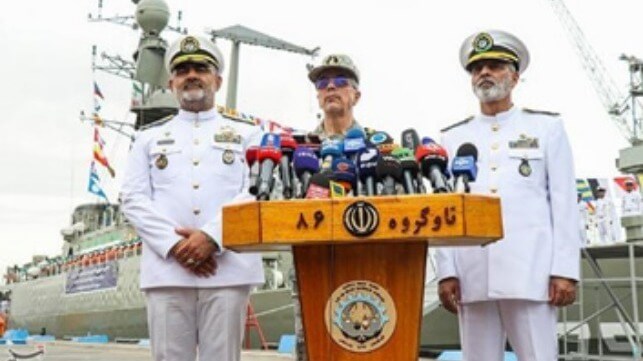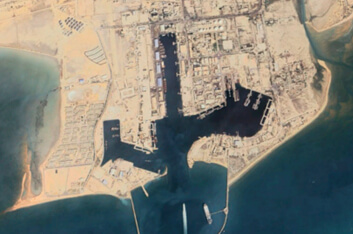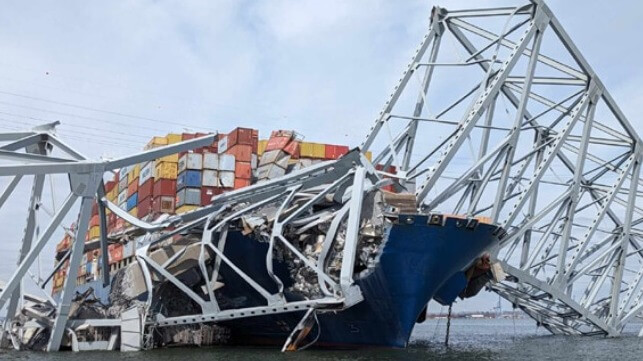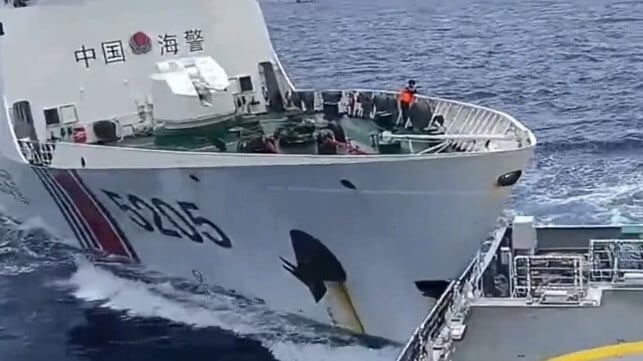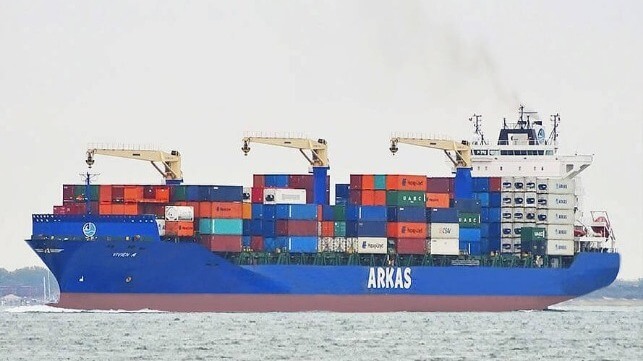Developing Marine Container Traffic Along the St. Lawrence Seaway
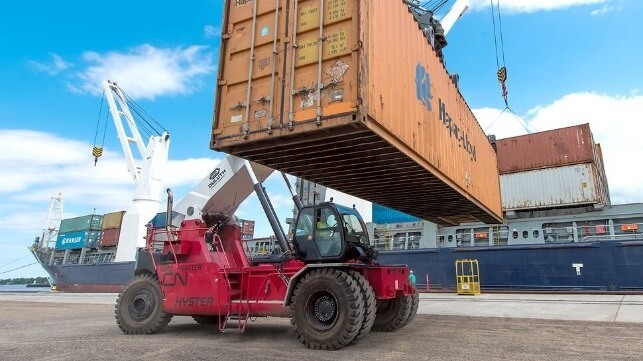
Early initiatives at developing marine container traffic along the St. Lawrence Seaway were unsuccessful and resulted in the withdrawal of services. Recent changes in international container transportation have re-introduced container shipping to American Great Lakes ports, and a unique approach to customs inspections promises to connect inland American container terminals with nearby Canadian destinations.
Introduction
Early efforts at developing container freight traffic along the St. Lawrence Seaway and extending into the Upper Great Lakes date back to the early days of the international movement of containers. The ongoing development of the container trade has resulted in the construction of larger container ships, and internationally, many ports were redeveloped to berth larger container ships that interconnect with railway and truck transport at container terminals. As a result, many railway lines across North America are operating at or near maximum design capacity.
The combination of increased market demand for railway container transportation with minimal increase in railway infrastructure capacity has increased transportation cost per container along several main railway corridors. That occurrence prompted the redevelopment of the Panama Canal to accommodate the larger vessels that sail from Asian ports to East Coast American ports, at competitive per-container transportation costs. It has also made direct maritime container shipping between European ports and the Port of Cleveland on Lake Erie feasible, using container ships that carry fewer than 700 TEU and operate at competitive transportation rates.
Competitive Mini-Ship
Container ships of 14,000 TEU regularly sail between European ports and Port Newark (part of the Port of New York and New Jersey), where railways connect to large cities located around the Great Lakes. While mega-size ships offer very competitive transatlantic container transportation rates, the railway transportation cost per container per unit of distance is very high. A mini-ship that carries less than five percent of the container capacity of the mega-size ship incurs competitive container transportation rates between European ports and ports located around the Upper Great Lakes.
The precedent at Cleveland prompted officials at the Port of Duluth to serve container ships. There is customer demand from overseas for agricultural dry-bulk produce to be shipped inside containers. Both the agricultural sector across the region and the Port of Duluth have responded to the market call. Plans have been underway to the south of Detroit at Monroe in Michigan, to develop a container terminal along with similar plans near Chicago. Development for increased future container transfer is underway at American Great Lakes ports as well as at the Canadian Port of Johnstown on the St. Lawrence Seaway.
Canadian Great Lakes Ports
The Port of Hamilton on Lake Ontario is the Canadian Great Lakes port with the greatest potential for future market success. While Cleveland’s railway container transfer terminal is located 500 miles from Port Newark, the railway distance from the Port of Montreal container terminal and Hamilton is 400 miles. Due to depth, width and height restrictions along the Lower St. Lawrence River, the largest size of container ship that arrives at Port of Montreal carries around 1/3rd the container capacity of container ships that sail into Port Newark, and at higher transatlantic transportation rates per container.
The absence of customs services at the Port of Hamilton effectively discourages the development of direct seasonal sailing of containers between European ports and Hamilton. However, several major bridges located within close proximity to ports cross over the St. Lawrence Seaway, the eastern end of Lake Erie and the Detroit River. Customs inspection services occur at these bridges. There is also investment in X-ray scanning technology to examine the contents of road trailers and also containers carried on trailers as trucks are slowly driven through designated customs truck and container inspection areas.
International Customs Cooperation
The container terminal at the Port of Monroe, MI is located within close proximity of two bridges and a tunnel along the Detroit River, which connect between Windsor, Canada and Detroit. An abundance of truck traffic crosses daily between Canada and the United States, resulting in the development of customs services capable of inspecting large numbers of trucks pulling trailers and carrying containers. There is scope to connect nearby ports to customs services at several bridges to increase the volume of container traffic from overseas that arrives at Seaway and Great Lakes ports.
Authorities would need to direct traffic when laden container ships arrive at Port of Monroe. As containers are transferred to trucks, drivers would be directed to the closest international bridge for Canadian-destined containers to proceed to Canadian customs. Drivers pulling American-destined containers would need to proceed to American customs at the bridge or tunnel. The same procedure would occur at the Port of Johnstown on the Canadian side of the Upper St. Lawrence River, which is located within very close proximity to the international bridge and includes provision for trucks from the port to arrive at Canadian customs offices.
Port of Buffalo
The Port of Buffalo is a bulk terminal located within close proximity to the Peace Bridge, which connects between Canada and the United States. American customs is located southwest of the end of the bridge. There may be scope to negotiate with the Port of Buffalo to offload containers for transfer to trucks at their dockside. Trucks would carry Canadian-bound containers across the Peace Bridge to Canadian customs, with destinations in the region west of Toronto. Such operations would resolve the problem of the absence of container customs inspections at both the Ports of Hamilton and Toronto.
Ocean Ships on Great Lakes
The opening of container shipping at Port of Duluth has resulting in laden multi-purpose ocean going ships arriving with containers and departing empty to load agricultural dry-bulk at the Port of Thunder Bay. There is potential for ships from overseas to call at multiple inland ports on both inbound and outbound voyages. By the start of the 2025 inland shipping season, container ships arriving from overseas would be able to offload containers at Ports of Johnstown, Cleveland, Monroe and Duluth. Overseas bound container ships would call at the Ports of Windsor and Hamilton to load additional containers.
Conclusions
A multitude of factors enhance future prospects to increase the movement of container traffic across the North Atlantic, between European ports and ports located along the St. Lawrence Seaway and Great Lakes. Several future container ports are located close to an international crossing where customs inspection offices operate, with potential to connect the nearby ports and customs offices for inspection of containers arriving from overseas.
The opinions expressed herein are the author's and not necessarily those of The Maritime Executive.

